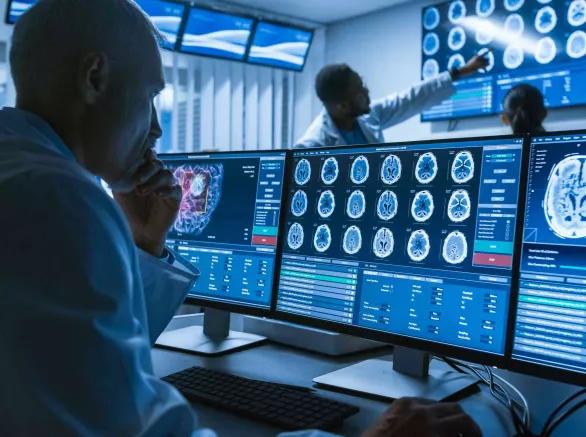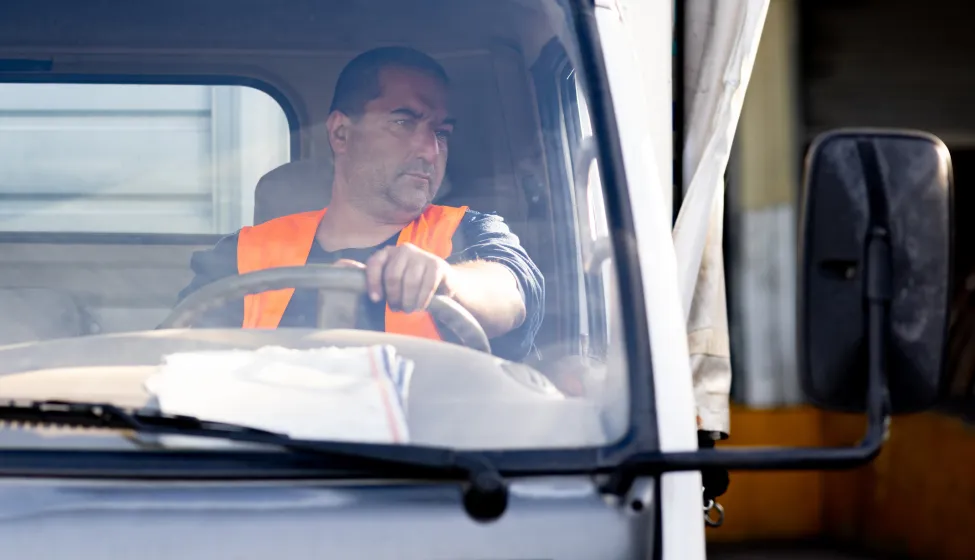July 30, 2025
"Truck Accident Litigation" is a primer for attorneys involved in litigation around commercial driving. The book, now in its fourth edition, provides background information on driver behavior, commercial driver licensing, drug testing, vehicle inspections, vehicle maintenance, hazardous materials transportation, and vehicle weight limits and regulations. In this latest edition, Exponent's Iiona Scully, Ph.D., and Peter Shlanta, Ph.D., review research around driver response to roadway stimuli.
Their chapter, "Human Factors: Driver Response," describes how drivers perceive and respond to hazards. They describe the stages of perception response time (PRT), factors influencing it, and how experts analyze PRT to assess driver performance in crash investigations. PRT is the time that elapses between when a hazard enters a driver's view and when the driver responds, consisting of detection, identification, decision, and physical response. Each stage contributes to drivers' overall reaction times.
In most situations, PRT is influenced by multiple factors, including:
- Detection and identification: Detection involves noticing a stimulus, while identification requires recognizing it as a hazard and predicting its movement, such as a pedestrian crossing unexpectedly.
- Decision and response: Drivers decide how to react — braking, steering, or no action — and then physically initiate that response, such as moving their foot to the brake pedal.
- Driver-related factors: Drivers' expectations about hazards, alertness, distraction, impairment from substances, and fatigue all affect PRT. Unexpected hazards or distractions typically increase reaction times.
- Environmental influences: Lighting and weather conditions impact visibility and thus PRT. Poor lighting, low conspicuity of hazards, glare, and wet reflective surfaces can delay hazard detection and identification.
In their chapter, Dr. Scully and Dr. Shlanta discuss PRT ranges for specific scenarios considering all relevant factors rather than using a single fixed time to better reflect human variability in responses. By combining PRT ranges with vehicle dynamics and available distance/time to respond, experts determine whether an alert, attentive, and unimpaired driver could have avoided a crash, accounting for the earliest possible hazard detection point.

"Chapter 7: Human Factors: Driver Response"
Read the chapter with book purchase here
From the publication: "When investigating a crash, determining a reasonable time range for a driver to respond to a perceived hazard is of particular importance to human factors scientists, accident reconstructionists, and other investigators."
Insights



